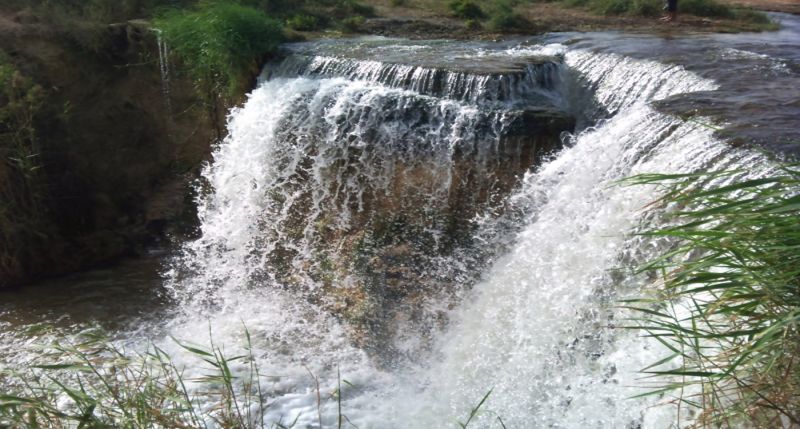The Western Desert and Oasis
Over two-thirds of Egypt is covered by the Western Desert. Beginning at the west bank of the Nile the desert stretches west to Libya and south to Sudan, forming part of the vast expanse of the Sahara Desert that stretches across North Africa to the Atlantic Ocean.
Is the Sahara Desert in Egypt?
Over two-thirds of Egypt is covered by the Western Desert. Beginning at the west bank of the Nile the desert stretches west to Libya and south to Sudan, forming part of the vast expanse of the Sahara Desert that stretches across North Africa to the Atlantic Ocean. The desert is nearly always bone dry, but it is actually not lacking in water.
Occasional rains fill huge underground aquifers beneath the desert, which occasionally break through to the surface. Just like along the Nile, water is the key to life here and where the water break through the surface thriving oases have formed around the springs. These isolated gardens in the desert have long supported substantial communities of people and substantial agricultural development as well as a culture unique from that of the Nile Valley.

A road beginning in Cairo and ending Luxor forms a loop through the four oases east of the Nile Valley. Further to the west and even more isolated is Siwa Oasis and Fayoum is formed around a lake closer to the Nile Valley. All of these areas have long and rich histories that date back to ancient times. In their relative isolation, they have developed independently from the rest of Egypt, reflecting the influence of the desert-dwelling Bedouin culture.
In Siwa, people even speak a different language called Tisiwee, which comes from the nomadic Berber people who live further West in the desert of Libya and Algeria.

Bahariyya, Farafra, Dakhla, and Kharga Oasis, linked by the highway that loops through the desert between Luxor and Cairo, were important trade and agricultural hubs as early as the Old Kingdom. The abundant water here fueled agricultural projects of surprising size. Archeologists believe that Bahariyya supported several hundred thousand people during the Greco-Roman period when the oases thrived due to the protection that the Roman military provided over trade coming from the south.
Today the oases are much smaller, but they still support a unique culture and some of the most active archeological sites in Egypt highlighted by the discovery of a huge Middle Kingdom burial ground known as the Valley of the Golden Mummies near Bahariyya in 1999. Today, given its proximity to Cairo, Bahariya is the most popular with visitors, who use it as a starting point for desert camping expeditions to the surreal White Desert and the Great Sand Sea.
The other oases are less commonly visited, but they offer an adventure to the traveler seeking to get as far off of the beaten path as possible and each of them offers several interesting archeological remains from the pharaonic or Greco-Roman periods.

Fayoum is located closer to Cairo and it is more closely associated with the Nile Valley, but it also has a unique history. An ancient city here was the center of political power during the Middle Kingdom of Ancient Egypt and Lake Qarun, forming Fayoum’s fresh-water heart still supports huge numbers of migratory birds that Egypt’s kings have enjoyed hunting through her history.
Siwa’s history is even more unique. Far removed from the rest of Egypt, it was the last place on earth where the gods of Ancient Egypt were worshipped. Islam did not even spread here until around the 13th century, nearly 700 years after the Arab first arrived in Egypt. It was also the site of the Temple of the Oracle that kings from all over the Mediterranean, including Alexander the Great, journeyed through the desert to consult beginning in the 6th century BC.
Outside influence in Siwa has increased since a road was built linking it to the coast in the 1980’s, but it remains a singularly unique place, famous for its warm springs and huge groves of olives and date palms.
Today it is a growing attraction to visitors seeking the ultimate relaxing and remote getaway and several luxurious hotel and eco-lodges have been built there. The journey to Siwa is long but will be well worth the effort given to enjoy the unique charm of the oases with the remains of an ancient fortress town, salt lakes and fresh water springs, palm groves, and the surrounding desert.
Points Of Interest :
